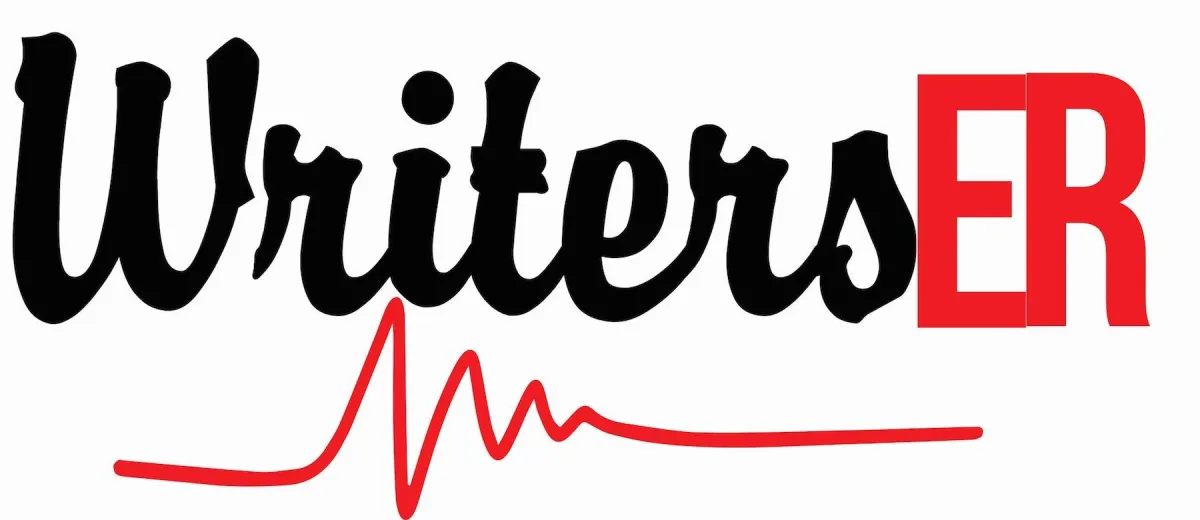BLOGS

From Draft to Publication: A Beginner's Guide to Successfully Publishing Your First Research Paper
From Draft to Publication: A Beginner's Guide to Successfully Publishing Your First Research Paper
Introduction
Diving into the realm of academic research can feel like navigating an uncharted ocean. For aspiring scholars, the journey from drafting to successfully publishing their first research paper is fraught with challenges yet brimming with potential for personal and professional growth. Whether you're aiming to contribute novel insights to your field, bolster your academic credentials, or simply share your findings with a wider audience, mastering the publication process is crucial. This comprehensive guide will illuminate the path from initial research conception to the joy of seeing your work in print. By arming yourself with knowledge on crafting a compelling manuscript, selecting the right journal, and navigating the peer review process, you're setting the stage for a rewarding publishing adventure.

Understanding the Basics of Academic Publishing
Before diving into the specifics of writing and submission, it's essential to grasp the fundamentals of the academic publishing landscape. This section will cover key concepts, including the importance of impact factors, open access vs. traditional publishing, and the role of preprint repositories.
Deciphering Impact Factors and Journal Selection
Selecting the right journal for your research is more art than science. It involves balancing the prestige of impact factors with the scope and audience of the publication. Impact factors, while criticized, still play a significant role in the academic world, signaling the average number of citations recent articles receive. However, it's vital not to chase high impact factors at the expense of relevance and audience alignment. This section will guide you through evaluating journals, considering open access options, and targeting your submission for the best fit and visibility.
Navigating Open Access and Subscription Models
The choice between open access and traditional subscription models can significantly affect your paper's reach and impact. Open access journals provide immediate, free access to your research, potentially increasing citations and visibility. However, they often require authors to cover publication fees. Subscription-based journals, while traditionally prestigious, limit access to subscribers, potentially reducing your work's immediate impact. This segment will explore the pros and cons of each model, helping you make an informed decision based on your goals and resources.
Crafting Your Manuscript with Precision
The heart of your academic endeavor lies in crafting a manuscript that communicates your research clearly, concisely, and compellingly. This section delves into structuring your paper, writing with clarity, and adhering to ethical guidelines. One crucial aspect of this is the precision with which you articulate your ideas, ensuring that each word contributes meaningfully to your argument. For detailed insights on presenting your research effectively, consider exploring resources like "Publishing Your PhD Dissertation: Essential Tips for Successful Research Publication," which offers comprehensive guidance on transforming your thesis into a publishable manuscript.
Structuring Your Paper for Success
A well-structured research paper is the skeleton that supports your ideas, making them accessible and engaging to your audience. From the abstract to the conclusion, every section must serve a purpose and guide the reader through your research journey. This segment will provide detailed advice on creating a logical flow, integrating literature reviews effectively, and presenting your methodology and findings in a manner that resonates with readers and reviewers alike.
Ethical Considerations and Plagiarism Prevention
Ethics form the backbone of academic research. This includes accurately citing sources, avoiding plagiarism, and ensuring the integrity of your data. As a first-time author, it's crucial to understand these principles deeply to build trust with your audience and the academic community. This part of the guide will cover best practices for citing work, using plagiarism detection tools, and navigating the ethical approval process for your research.
Mastering the Submission and Peer Review Process
Submitting your manuscript is just the beginning. The peer review process can be daunting, filled with feedback, revisions, and sometimes rejection. However, it's also a valuable opportunity for growth and improvement. Understanding the intricacies of this process is essential, and resources such as the podcast "The Role of Peer Reviews in Publishing" can be incredibly helpful. It provides an in-depth look at how peer reviews function within the academic publishing world, offering insights and strategies for navigating this critical phase successfully.
Preparing for Submission and Understanding Peer Review
A successful submission starts with meticulous preparation. This includes tailoring your manuscript to the journal's guidelines, writing a persuasive cover letter, and understanding the peer review process. Peer review is a critical evaluation by experts in your field, aimed at ensuring the quality and validity of your research. This section will guide you through preparing your submission package, responding to reviewers' comments with grace, and navigating the decision-making process.
Dealing with Rejection and Resubmission
Rejection is an inevitable part of the academic publishing journey, but it's not the end. It can be a stepping stone to improving your work and eventually finding the right home for your research. This segment will offer strategies for dealing with rejection constructively, interpreting reviewers' feedback, and determining whether to revise and resubmit to the same journal or explore new publication options.
Additionally, here's a related YouTube video on Publish More Papers: Essential Strategies. It could provide you a multi-faceted understanding of the topic.
Conclusion
Publishing your first research paper is a milestone achievement in any academic career. While the journey from draft to publication can be complex and challenging, it's also deeply rewarding. By understanding the publishing landscape, crafting a compelling manuscript, and navigating the submission and peer review process with resilience, you're well on your way to contributing valuable knowledge to your field. Remember, every published author once faced the uncertainties you're experiencing now. With persistence, dedication, and a willingness to learn from feedback, your research can make an impact.
FAQs
What is an impact factor, and how important is it in selecting a journal for my research paper?
The impact factor is a measure reflecting the yearly average number of citations that articles published in a journal received. It's often used as an indicator of the journal's prestige and influence. While important, it shouldn't be the sole criterion for journal selection. Consider factors like relevance to your field, audience, and whether the journal is open access or subscription-based to ensure the best fit for your work.
Open access vs. subscription journals: Which is better for publishing my research?
Both models have their advantages. Open access journals provide immediate, free access to your research, potentially increasing its visibility and impact. However, they often require authors to pay publication fees. Subscription journals may offer prestige and rigorous peer review but limit access to subscribers. Your choice should depend on your research goals, audience, and funding availability.
How do I structure my research paper effectively?
A well-structured research paper typically includes an abstract, introduction, literature review, methodology, results, discussion, and conclusion. Ensure each section is clearly defined, contributes to the overall narrative of your research, and follows the guidelines of your target journal. Clarity, coherence, and logical flow are key.
How can I navigate the peer review process successfully?
Prepare your manuscript according to the journal's guidelines and submit a persuasive cover letter outlining the significance of your research. Once in peer review, be patient and open to feedback. Reviewers' comments can provide valuable insights for improving your paper. If revisions are requested, address them thoroughly, and resubmit promptly. Viewing peer review as a constructive process can enhance your manuscript's quality and contribute to your development as a researcher.
What should I do if my paper is rejected by a journal?
Rejection is a common part of the publication process and not a reflection of your research's value. Review the feedback carefully and use it to strengthen your manuscript. Consider whether to revise and resubmit to the same journal or to submit to a different journal that might be a better fit. Persistence and a positive attitude towards feedback can lead to eventual publication success.
At writersER, we specialize in assisting masters, PhD, and doctoral candidates in reaching their next academic milestone in 6 months or less. If you're ready to take your academic career to the next level, schedule an admission interview with us today. Let us help you turn your academic dreams into reality. Click here to get started!
